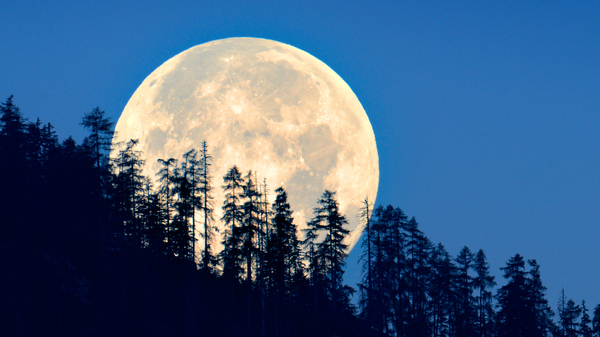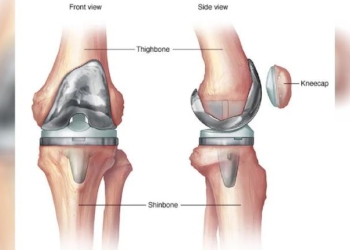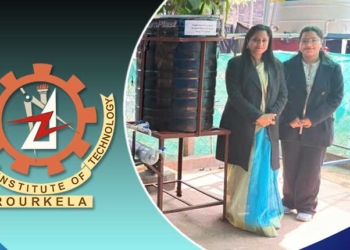New Delhi: Even after the failure of its first lunar mission in 47 years, Russia continues to remain in the race for Moon with further lunar missions, including a manned mission and the construction of a lunar base in partnership with China.
Russia’s dream of returning to the Moon was dented with Luna-25 crashing on the lunar surface while entering a pre-landing orbit. The country’s last lunar mission, Luna-24, was launched in 1976, during the former Soviet Union period.
Luna-25, which took off atop a Soyuz-2.1b rocket from the Vostochny launch facility in Russia on August 11, was expected to be on the Moon’s South Pole along with India’s Chandrayaan-3. However, during its descent, Luna 25 experienced an anomaly that caused it to impact the surface of the Moon on August 19.
According to Roscosmos Director General Yury Borisov, the spacecraft’s engines were turned on to put Luna-25 into a “pre-landing orbit” but did not shut down properly, plunging the lander onto the moon.
“Instead of the planned 84 seconds, it worked for 127 seconds. This was the main reason for the emergency,” Borisov was quoted as saying to Russian state news channel Russia 24, days after the Luna crash.
The lunar mission’s key goal was to polish the soft landing technology and to become the first spacecraft ever to land near the South Pole of the Moon. It reportedly was in a race with India’s Chandrayaan-3.
Roscosmos said it wanted to show Russia “is a state capable of delivering a payload to the moon,” and “ensure Russia’s guaranteed access to the moon’s surface”.
Vitaly Egorov, a popular Russian space blogger, noted that Roscosmos may have neglected the warnings in a rush to be the first to land on the lunar south pole.
“It looks like things weren’t going according to plan, but they decided not to change the schedule to prevent the Indians from coming first,” he was quoted as saying by PBS NewsHour.
Chandrayaan-3 made history with a successful landing on the coveted South Pole of the lunar surface. Previously spacecrafts have landed successfully only on the Moon closer to the equator.
The Soviet Union, the US and China, India are the countries that have managed successful moon landings. Last week, Japan joined the list to become the fifth country to successfully land on the Moon with its Smart Lander for Investigating Moon (SLIM).
Media reports also attributed the failure of Luna-25 with sanctions imposed by western countries on Russia, due to its ongoing war with Ukraine.
This included blockade of imports of microchips and restricted scientific exchanges, as well as partnership with the European Space Agency (ESA).
Soon after the February 2022 invasion, the ESA halted the partnership and requested Roscosmos to remove its camera, which aimed to facilitate the landing, from the Luna-25 spacecraft.
Borisov blamed decades of inactivity for the Luna-25 lander’s crash on the Moon and said “it would be the worst decision ever” for Russia to end the programme now.
Meanwhile, Roscosmos has also announced timeframes for upcoming Moon missions, and a lunar base that it aims to build with China.
“Luna-26 is scheduled for 2027, Luna-27 – for 2028, Luna-28 – in 2030 or later,” Borisov was quoted as saying to Tass news agency.
“Subsequently, we will begin the next phase — a manned mission and the construction of a lunar base – with our colleagues from China. This would be a long-lasting and important programme and we expect many countries to join it,” Borisov said.
“I hope that the next missions will be successful,” Borisov said.
(IANS)
















